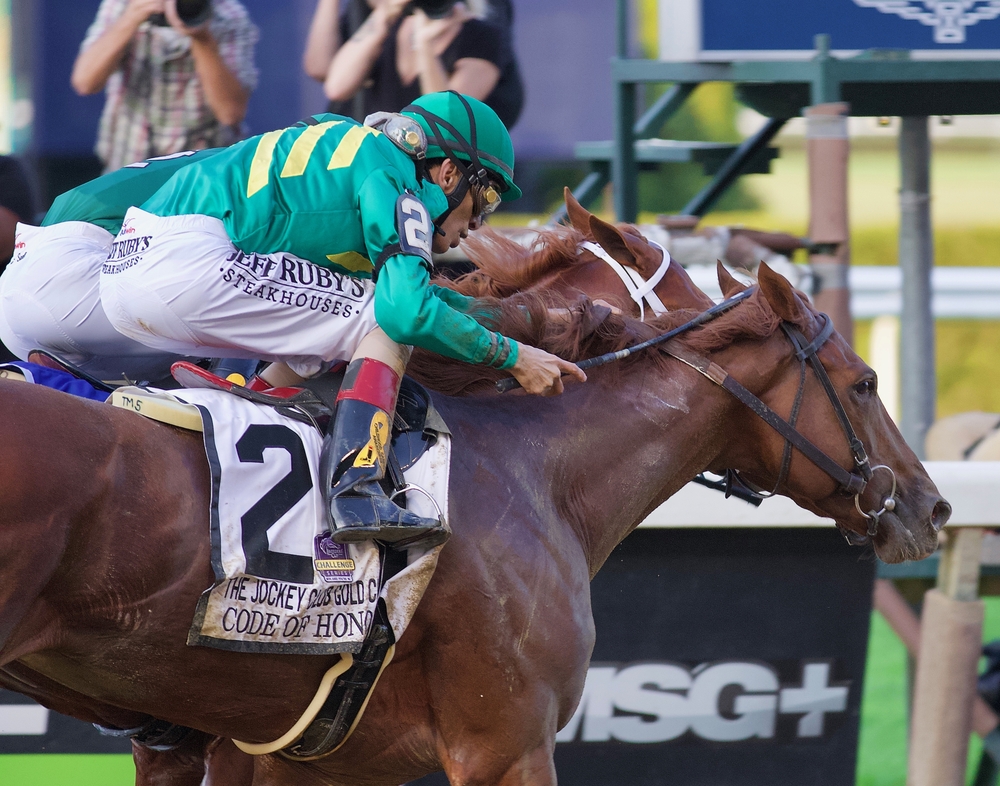Minor League Baseball is a great way to enjoy America’s pastime while supporting local teams and players. With over 160 teams affiliated with Major League Baseball, there are plenty of opportunities to catch a game in your area. Whether you’re a die-hard baseball fan or just looking for a fun outing with friends or family, Minor League Baseball has something for everyone.
Each Minor League Baseball team has its own unique identity, with logos, mascots, and fan traditions that reflect the local community. From the Durham Bulls’ iconic bull mascot to the Toledo Mud Hens’ quirky name, there’s always something to cheer for at a Minor League game. And with affordable ticket prices and a family-friendly atmosphere, it’s a great way to spend a summer evening.
If you’re interested in following Minor League Baseball, it’s important to understand the team affiliations. Each Major League team has several Minor League affiliates, with players moving up and down the ranks as they develop their skills. This means that you might see a future star player at a Minor League game before they make it to the big leagues. It’s also a great way to keep up with your favorite Major League team’s prospects and get a glimpse of the future of the sport.
What is Minor League Baseball?
Minor League Baseball (MiLB) is a professional baseball league that operates below Major League Baseball (MLB). The league is made up of teams that are affiliated with MLB clubs, as well as independent baseball leagues consisting of unaffiliated teams.
Minor Leagues
The minor leagues are made up of teams that are owned and operated by MLB clubs. These teams are used to develop young players and provide them with the opportunity to gain experience and improve their skills before being promoted to the major leagues.
The minor leagues are divided into different levels, ranging from rookie ball to AAA. Each level represents a different stage in a player’s development, with the lower levels being for younger and less experienced players, and the higher levels being for more advanced and experienced players.
Teams
Minor league teams are made up of players who are under the control of a major league team, either through signing them as a free agent or by drafting them. These players are then assigned to a minor league team based on their level of experience and skill.
Each minor league team is affiliated with a major league club, and the players on the team are considered to be part of that club’s farm system. This means that the major league club has the right to call up any of its minor league players to the major leagues at any time.
Affiliations
Minor league teams are affiliated with major league clubs through a system of player development contracts. These contracts allow the major league club to provide players to the minor league team, and in return, the minor league team provides a development environment for those players.
These contracts are typically signed for a period of two to four years, and they can be renewed or terminated at the end of each contract period. The affiliations between major league clubs and minor league teams can change over time, as clubs look to find the best development environments for their players.
The Different Levels of Minor League Baseball
Minor league baseball is divided into different levels or classifications. These levels are based on the skill level of the players and the level of competition. There are four main levels of minor league baseball: Triple-A, Double-A, High-A, and Single-A. Each level has its own unique characteristics and challenges.
Triple-A
Triple-A is the highest level of the minor leagues. It is often referred to as the “last stop” before players make it to the major leagues. Triple-A teams are made up of players who are considered to be the most major league-ready prospects, 4-A players, and career minor leaguers. The competition at this level is intense, and the players are highly skilled.
Triple-A teams play a 140-game schedule, which runs from early April to early September. The teams are divided into two leagues: the International League and the Pacific Coast League. The winners of each league face off in the Triple-A National Championship game at the end of the season.
Double-A
Double-A is the second-highest level of the minor leagues. It is considered to be a stepping stone to Triple-A and the major leagues. Double-A teams are made up of players who are still developing their skills and are not quite major league-ready. The competition at this level is also intense, but the players are not as highly skilled as those at the Triple-A level.
Double-A teams play a 140-game schedule, which runs from early April to early September. The teams are divided into two leagues: the Eastern League and the Southern League. The winners of each league face off in the Double-A Championship game at the end of the season.
High-A
High-A is the third-highest level of the minor leagues. It is considered to be a level where players can refine their skills and develop their game. High-A teams are made up of players who are still developing their skills and are not yet ready for Double-A. The competition at this level is less intense than at the Double-A and Triple-A levels.
High-A teams play a 140-game schedule, which runs from early April to early September. The teams are divided into two leagues: the Carolina League and the Florida State League. The winners of each league face off in the High-A Championship game at the end of the season.
Single-A
Single-A is the lowest level of the minor leagues. It is considered to be a level where players can develop their skills and learn the fundamentals of the game. Single-A teams are made up of players who are still developing their skills and are not yet ready for High-A. The competition at this level is the least intense of all the levels.
Single-A teams play a 140-game schedule, which runs from early April to early September. The teams are divided into two leagues: the Midwest League and the South Atlantic League. The winners of each league face off in the Single-A Championship game at the end of the season.
Selecting a Minor League Baseball Team to Follow
Minor league baseball is a great way to experience the sport in a more intimate setting. With so many teams to choose from, it can be overwhelming to decide which one to follow. Here are some tips to help you select a team:
Select by Parent Club
One way to choose a team is to follow the minor league affiliate of your favorite Major League Baseball (MLB) team. This allows you to keep up with the prospects who may one day play for your favorite team. You can find a list of MLB teams and their minor league affiliates on the MiLB website.
Best of the Ballparks
If you’re more interested in experiencing the atmosphere of a minor league game, consider visiting the best ballparks in the league. The MiLB website has a section dedicated to ballpark rankings, where fans can vote for their favorite stadiums. Some of the top-ranked ballparks include:
- BB&T Ballpark (Charlotte Knights)
- Southwest University Park (El Paso Chihuahuas)
- FirstEnergy Stadium (Reading Fightin Phils)
These ballparks offer unique experiences, such as great food options, fun activities for kids, and beautiful views.
Ultimately, the best way to choose a team is to follow your interests. Whether you’re looking to keep up with prospects, experience great ballparks, or simply enjoy the game of baseball, there is a minor league team out there for you.
Taking a Road Trip to Watch Minor League Baseball
For baseball fans, there’s nothing quite like taking a road trip to watch minor league baseball. It’s a chance to see up-and-coming players, experience the unique culture of each ballpark, and explore new parts of the country. Here are some tips for planning the perfect minor league baseball road trip:
- Choose your destinations: Decide which minor league ballparks you want to visit. Consider the distance between each ballpark and plan a route that makes sense.
- Check the schedule: Make sure to check the schedule for each team you plan on seeing to ensure that there are games during your trip.
- Book accommodations: Book hotels or other accommodations in advance. Consider staying near the ballparks to make transportation easier.
- Bring cash: Many minor league ballparks only accept cash for parking, concessions, and souvenirs. Be sure to bring enough cash to cover your expenses.
- Bring sunscreen and hats: Many minor league ballparks are outdoors and can get hot. Bring sunscreen and hats to protect yourself from the sun.
- Plan for downtime: While the games are the main attraction, there will likely be downtime between games. Plan to explore the local area or take a break to avoid burnout.
Overall, taking a road trip to watch minor league baseball can be a memorable experience for any baseball fan. With a little planning and preparation, it’s possible to see some great baseball and explore new parts of the country.
Mascots in Minor League Baseball
Minor League Baseball is known for its unique and entertaining mascots. These mascots are often the face of the team and bring joy to fans of all ages.
In this section, we will take a closer look at some of the most popular mascots in Minor League Baseball. One of the most famous mascots in Minor League Baseball is Orbit, the mascot for the Houston Astros’ Triple-A affiliate, the Sugar Land Skeeters. Orbit is a green alien with a big head and a mischievous personality. He is known for his crazy antics and his love for popcorn.
Another popular mascot is Blooper, the mascot for the Atlanta Braves’ Triple-A affiliate, the Gwinnett Stripers. Blooper is a blue furry creature with a long tail and a big smile. He is known for his dance moves and his love for hot dogs.
In addition to these popular mascots, there are many other unique and entertaining mascots in Minor League Baseball. For example, the Binghamton Rumble Ponies have a mascot named Rowdy, who is a purple horse with a baseball for a head. The New Orleans Baby Cakes have a mascot named Boudreaux, who is a baby alligator with a baseball bat.
Overall, mascots are an important part of the Minor League Baseball experience. They bring joy and entertainment to fans of all ages and help create a fun and exciting atmosphere at the ballpark.
The Future of Minor League Baseball
AI and Minor League Baseball
Minor League Baseball has seen a lot of changes in recent years, and it’s clear that technology is playing an increasingly important role in the game. One area where AI is making a big impact is in player development. Teams are using machine learning algorithms to analyze player performance data and identify areas where players can improve. This allows coaches to provide more targeted training and help players reach their full potential.
Minor League Baseball’s Partnership with Major League Baseball
In 2020, Major League Baseball announced a plan to restructure the minor leagues, which included cutting the number of affiliated teams from 160 to 120. This move was met with criticism from some fans and minor league team owners, who argued that it would harm local communities and limit opportunities for young players. Despite the controversy, the restructuring went ahead as planned, and the 2021 season saw the debut of the new minor league system. Under the new system, each MLB team has four minor league affiliates, with players moving up and down the system based on their performance.
The Impact of COVID-19 on Minor League Baseball
Like many sports leagues, Minor League Baseball was hit hard by the COVID-19 pandemic. The 2020 season was cancelled entirely, and the 2021 season was delayed and shortened. This had a significant impact on teams and players, as well as the local communities that rely on minor league baseball for entertainment and economic activity. Despite the challenges, the 2021 season was a success in many ways. Fans were able to return to the ballpark, and many teams reported strong attendance numbers. Looking ahead, it’s clear that minor league baseball will continue to play an important role in the sports landscape, even as technology and other factors continue to shape the game.
Conclusion
Minor League Baseball offers an exciting opportunity for fans to watch up-and-coming talent before they make it to the big leagues. With teams located all across the country, there is sure to be a team nearby for anyone interested in watching a game.
Attending a minor league game can be a fun and affordable way to enjoy America’s pastime. With ticket prices often significantly lower than those for major league games, families and individuals on a budget can still enjoy a day at the ballpark.
Additionally, minor league games often offer unique experiences that may not be available at major league games. From creative promotions to quirky mascots, there is always something fun happening at a minor league game.
Whether you’re a diehard baseball fan or just looking for a fun way to spend an afternoon, minor league baseball is a great option. So grab some peanuts and Cracker Jacks and head out to the ballpark to catch a game!





